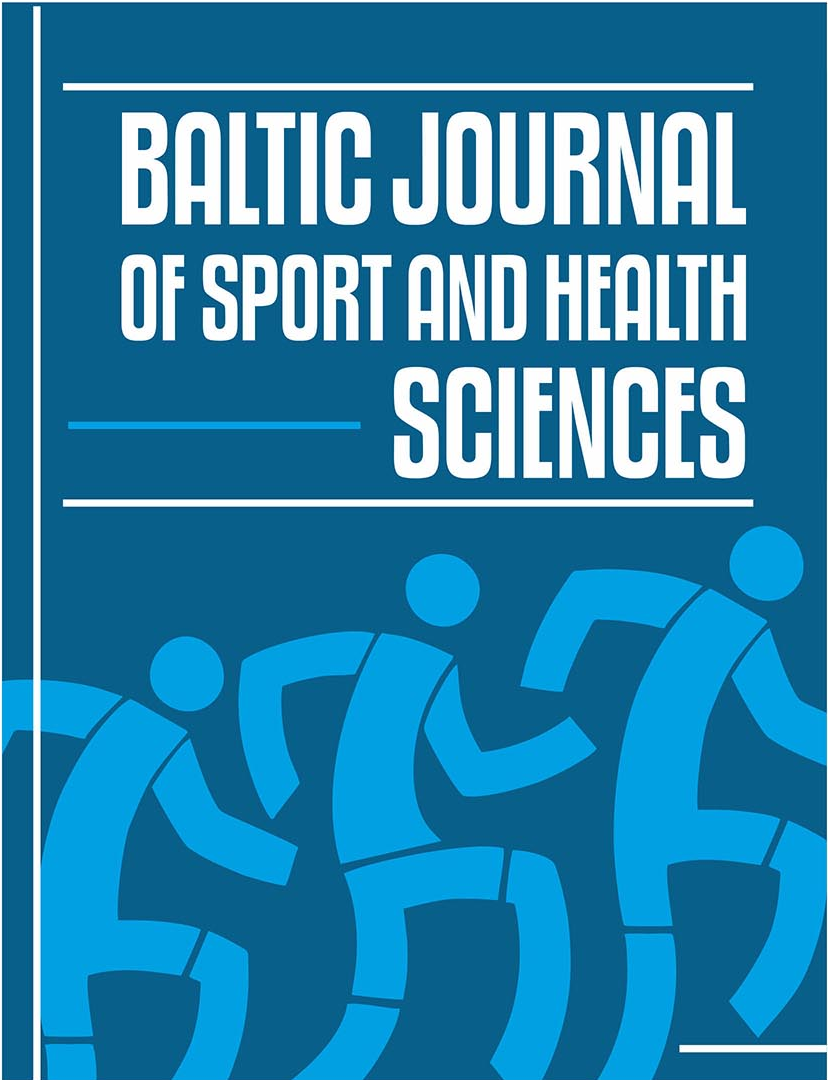Relationship between Primary School Children’s Physical Fitness, Physical Activity and their Parents’ Physical Activity
Abstract
Background. Healthy lifestyle skills instilled in childhood remain into adulthood. Parental physical activity skills are directly related to their children’s physical activity which strengthens their children’s physical fitness. The aim of the study was to determine and evaluate the relationship between parents’ and children’s physical activity and to evaluate the links between children’s physical activity and physical fitness.
Methods. The study involved 486 primary school children aged 7 to 10 years (240 boys and 241 girls) and their parents from Kaunas district. The study was conducted in 2018 in Kaunas district schools. Parental physical activity was assessed using Godin Leisure-Time Exercise Questionnaire-GLTEQ (Godin & Shephard, 1985). Physical activity of primary school children was assessed by submitting a questionnaire to parents developed by researchers Bacardi-Gascón, Reveles-Roy, Woodward-Lopez, Crawford, and Jiménez-Cruz (2012). Schoolchildren’s physical fitness was assessed by 9 physical fitness tests (Fjørtoft, Pedersen, Sigmundsson, & Vereijken, 2011).
Results. Having assessed the physical activity of children according to WHO (2010) recommendations, we found that the vast majority of the surveyed children (93.6% of boys and 86.3 of girls) were physically active, i.e. they engaged in physical activity for more than 1 hour during the day. Comparing the schoolchildren’s physical fitness by gender we found that boys were more physically fit than girls when performing long jumps, two-legged jumps, throwing a tennis ball, and running for six minutes (p < .05). Comparing the results of schoolchildren’s physical fitness by grades (Table 3), we observed that the older children were, the more physically fit they were. Correlation analysis of the research results showed a statistically significant direct relationship between father’s and mother’s physical activity (r = .487, p = .0001). A significant relationship was found between the results of children’s physical activity and tennis ball throwing (r = .170, p = .018) and the results of 10 * 5m running tests (r = –.150, p = .019). Higher physical activity was directly associated with better scores on these tests.
Conclusion. Schoolchildren’s and their parents’ physical activity has no relation with schoolchildren’s physical fitness.
Keywords: healthy, lifestyle, physical activity, physical fitness.






